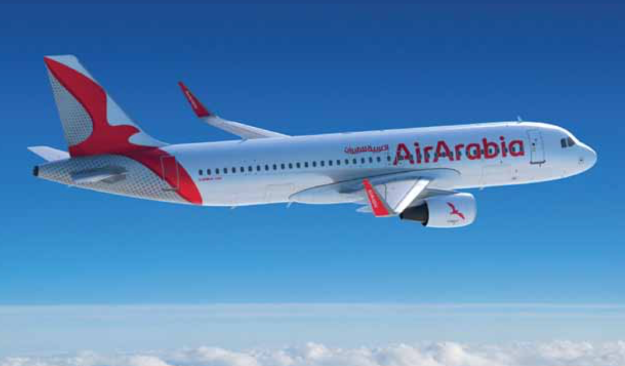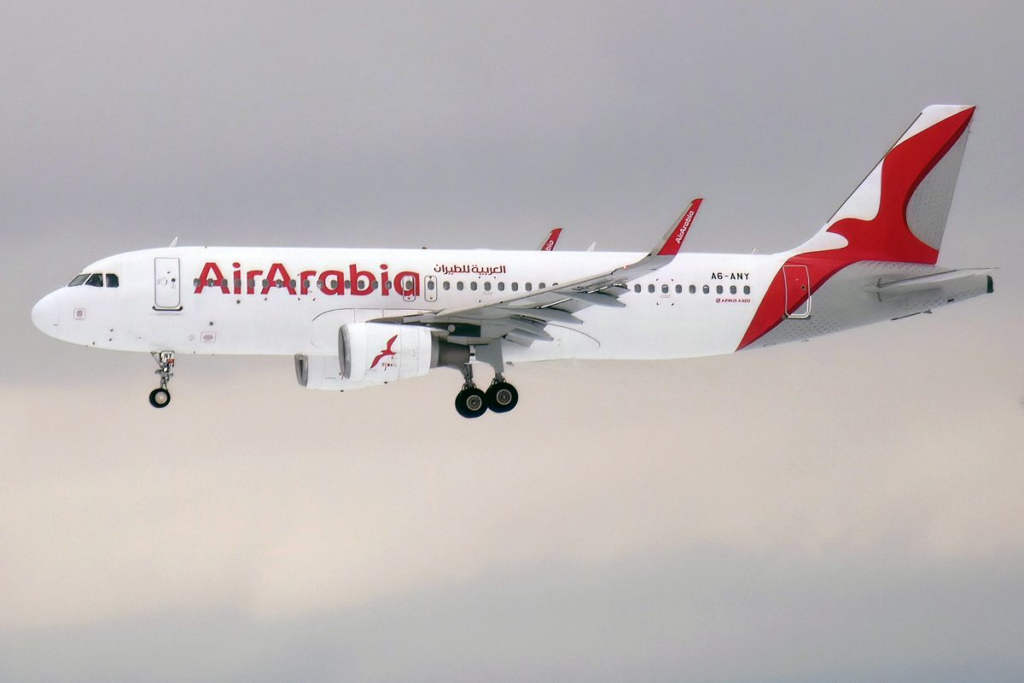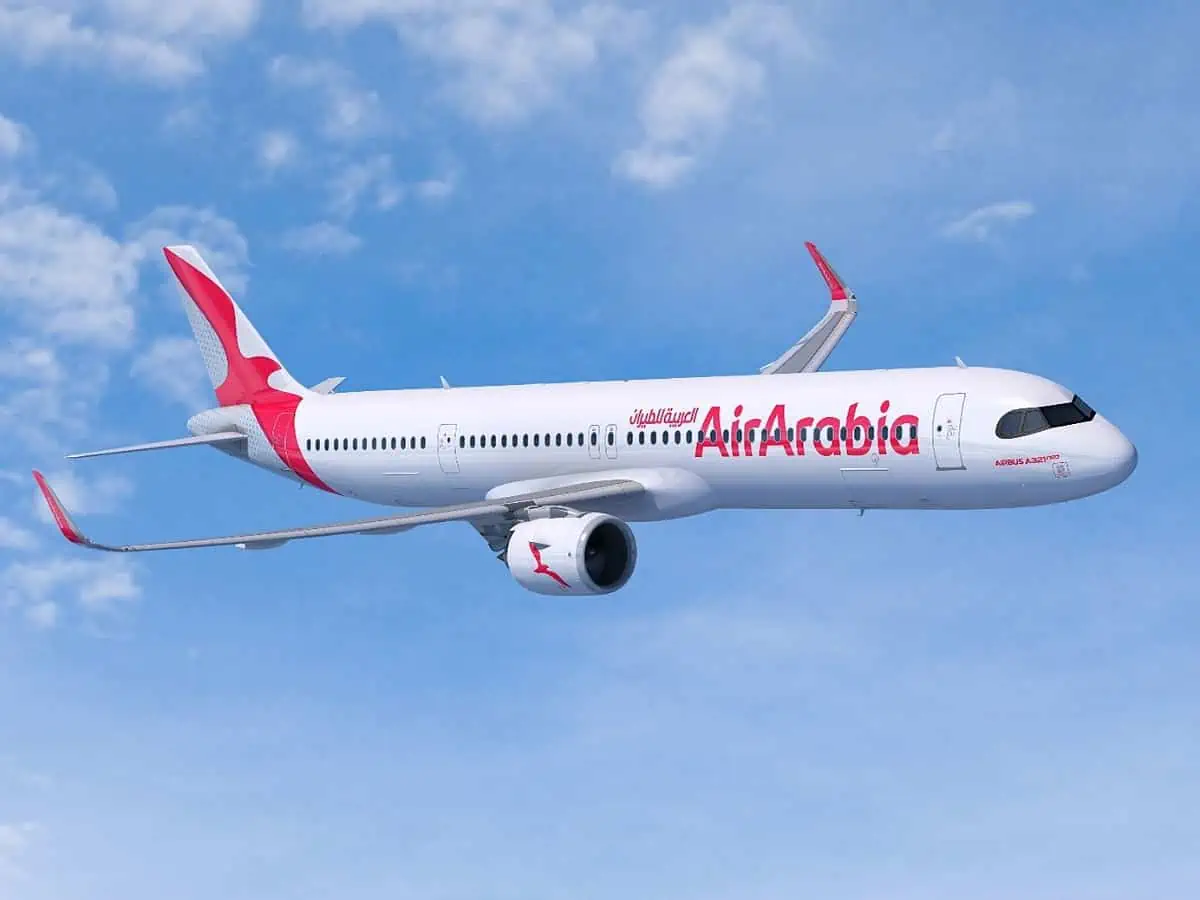In a major move to boost affordable air travel in the Middle East, UAE-based Air Arabia has announced a strategic collaboration to launch a new Saudi low-cost airline. Operating out of Dammam, the new airline will start with 81 routes, offering both domestic and international destinations.
This significant development aligns with Saudi Arabia’s Vision 2030, which seeks to transform the Kingdom into a global travel and tourism hub. By introducing the Air Arabia Saudi low-cost airline, travellers across the region will soon have access to more budget-friendly flight options, new destinations, and better connectivity.
Strategic Partnership Between UAE and Saudi Arabia
The Air Arabia Saudi low-cost airline is being launched as a joint venture between the UAE’s Air Arabia and Saudi Arabia’s Dammam Airports Company (DACO). This partnership shows the strengthening of economic and transportation ties between the two Gulf neighbors.
DACO oversees the King Fahd International Airport (KFIA) in Dammam, which will serve as the operational hub for the new airline. The joint venture aims to create a dynamic and flexible carrier that meets the rising demand for low-cost air travel, especially among the youth and middle-income travellers.

An Airline Built Around Affordability and Accessibility
Affordability is the foundation of the Air Arabia Saudi low-cost airline business model. It is designed to offer budget fares without compromising on safety, reliability, and comfort.
The airline is set to operate 81 different routes in its early phase, including:
- Key domestic cities such as Riyadh, Jeddah, Madinah, Abha, and Tabuk
- Major GCC destinations like Dubai, Doha, and Kuwait
- Popular international cities including Istanbul, Cairo, Amman, and Mumbai
This expansion will not only boost travel but also contribute to the growth of tourism, business, and employment in the Kingdom.
Aviation Growth in Line with Vision 2030
The introduction of the Air Arabia Saudi low-cost airline aligns perfectly with Saudi Arabia’s Vision 2030 aviation goals. The Kingdom plans to serve 330 million passengers annually by 2030 and become a major global logistics and aviation center.
Saudi Arabia’s government is investing billions in airports, infrastructure, and airline startups. The new Dammam-based airline supports this by making air travel more accessible to domestic and regional markets.
With more people able to afford flights, tourism will rise, and economic diversification will accelerate, reducing dependence on oil revenues.
Fleet, Services, and Future Plans
Initially, the Air Arabia Saudi low-cost airline will launch with a fleet of modern Airbus A320 aircraft, known for their fuel efficiency and comfort.
The airline promises a customer-friendly experience with:
- Affordable ticket pricing
- Online booking options
- Optional add-ons like baggage, meals, and seat selection
- On-time performance and modern customer support
Future plans include expanding the fleet, adding more regional and international destinations, and exploring sustainability initiatives such as Eco-flying practices and low-emission technologies.
Dammam: A Smart Choice for the Airline Hub
Choosing Dammam as the operational hub is a strategic decision. Located in Eastern Province, Dammam is close to key business and population centres, making it ideal for both business and leisure traveller.
King Fahd International Airport is already well-connected and has room for expansion. With state-of-the-art infrastructure, it can handle the expected increase in passenger traffic generated by the Air Arabia Saudi low-cost airline.
Impact on Regional Competition
The launch of this airline is expected to shake up the regional aviation market. Currently, budget airlines like Flynn and Flyleaf dominate the Saudi low-cost segment. However, with the Air Arabia brand’s reputation for quality and affordability, the competition is likely to intensify.
Travellers will benefit the most, enjoying more choices, better deals, and improved service quality. The competition will also drive innovation and efficiency across the industry.

Job Creation and Economic Benefits
The Air Arabia Saudi low-cost airline will generate hundreds of jobs, both directly and indirectly. From pilots and cabin crew to ground staff, engineers, customer service representatives, and airport support roles – employment opportunities will rise.
Moreover, the airline will stimulate local businesses such as hotels, travel agencies, and food service providers, contributing to the broader economy. Tourism-related industries in Dammam and other destination cities will experience a positive ripple effect.
Target Market and Ticket Strategy
The airline is targeting youth, budget travelers, and families, especially those who travel frequently for education, work, or religious purposes. With a “pay-for-what-you-need” model, passengers can customize their tickets to include only the services they want.
This makes flying accessible for price-conscious travellers and offers flexibility for frequent flyers. Air Arabia’s experience in managing such a model gives this new venture a solid base.
Digital Services and Tech-Driven Operations
The Air Arabia Saudi low-cost airline will also focus on technology and digital solutions to enhance the passenger experience. From mobile check-in and app-based bookings to digital boarding passes and AI-assisted customer service, travellers can expect a smooth, efficient, and tech-forward approach.
This aligns with the Kingdom’s broader push to digitise services and adopt smart technologies in public infrastructure.
Challenges and Market Expectations
Despite the excitement, the Air Arabia Saudi low-cost airline must overcome challenges. Rising fuel costs, competition, regulatory approvals, and changing travel behaviour post-COVID are potential hurdles.
However, with Air Arabia’s proven track record in multiple markets and the Saudi government’s support for aviation reforms, the airline is well-positioned to grow and succeed.
Industry analysts predict strong demand in the region for low-cost carriers, especially with more people prioritising travel affordability. If managed well, this new venture could become one of the leading airlines in the Gulf region within a few years.
Conclusion: A Major Leap for Budget Aviation
The launch of the Air Arabia Saudi low-cost airline with 81 exciting routes is a bold and positive step in the Middle East’s aviation history. It reflects the spirit of cooperation between the UAE and Saudi Arabia, supports economic and tourism growth, and most importantly, brings affordable travel closer to millions.
With strong leadership, a smart strategy, and a promising network, this airline has the potential to become a game-changer in the region’s aviation landscape. As the first flights take off from Dammam, the future of low-cost air travel in Saudi Arabia just got a lot brighter.
Do follow Gulf Magazine on Instagram
Also Read – Al-Futtaim Cenomi Retail Deal Worth SR2.5 Billion Finalised



